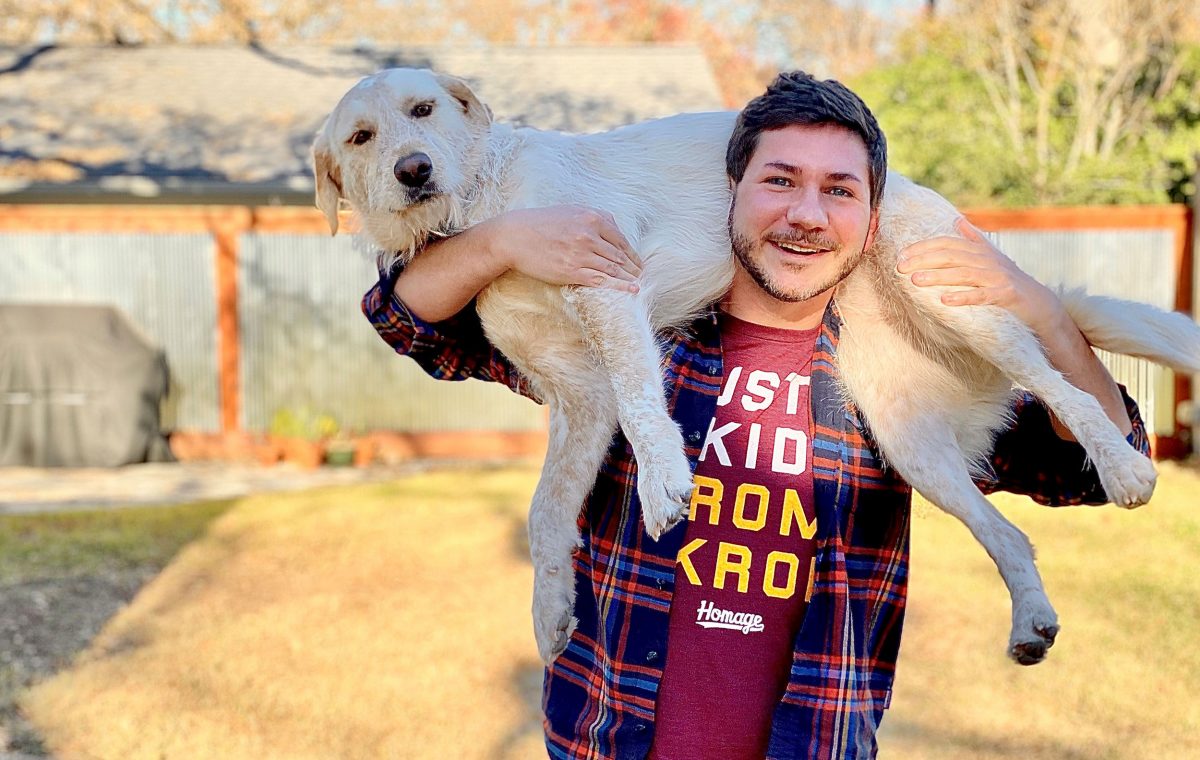
PJ Smith of the Humane Society of the United States

PJ Smith is the fashion policy director for the Humane Society of the United States. For more than a decade, PJ has worked with dozens of top fashion companies—including Gucci, Prada, Farfetch, Chanel, Macy’s, Nordstrom, YOOX Net-A-Porter, Selfridges, Armani and InStyle magazine—to set policies that have reformed supply chains and revolutionized the way the fashion industry views animals. In 2010, PJ helped pass the federal Truth in Fur Labeling Act, which ensures clear and proper labeling for all fur products, and in 2019, he was instrumental in the passage of Assembly Bill 44 making California the first state in the country to ban fur sales. He resides in Austin, Texas.

First of all I want to thank you for doing this interview. I am in awe of what you have done and are doing to end the fur trade. It is truly inspiring. How did you get started in the animal rights movement? Were you a huge animal lover as a child?
Thank you for all YOU do! I love following My Dream for Animals. The images you post make you appreciate the natural world and all its complexities and beauty. I was lucky enough to have a mother who saw that beauty and raised her three children vegetarian. I grew up in suburban Ohio, and we always had dogs and cats from the local animal groups staying with us. Plus, we had animals of our own, so on any given day, we could have upwards of 10-15 dogs, 15-20 cats and an occasional pig or raccoon running around. Needless to say, I was born into the movement but never thought it could be a career.
Was the fur trade a focus for you early on, or did you move into that specific area later?
I’m fascinated with the path people take to becoming aware of the impact they have on animals and the planet. For me, I had to question why I was vegetarian at an early age. I knew I liked dogs and cats, but I wasn’t able to make that connection to other animals until later in life. After college, I moved to Portland, Oregon, and on my daily walk to work, I’d pass by protesters outside the only furrier in town. The passion the protesters had, pushed me to start researching all the ways my choices effect animals, and not too long after, I was working for the Humane Society of the United States trying to find a new way to bridge the gap between the animal welfare community and the fashion industry.
The passion the protesters had, pushed me to start researching all the ways my choices effect animals
The majority of fur comes from animals on massive fur farms, but how much comes from animals trapped in the wild?
The numbers fluctuate every year, but roughly 100 million animals are still killed for their fur, and that doesn’t even include rabbits, which could push that number closer to one billion. About 10-15% of the fur come from animals, like coyotes, bobcats, foxes, beavers and raccoons, who are trapped in the wild. The most common trap is the steel leghold trap, which is banned in over 100 countries except the main trapping countries – the U.S., Canada and Russia. These archaic devices hold the frightened animal for days with no food or water. Foxes and coyotes have been known to gnaw off their limbs to escape, and every year we hear about threatened or endangered species – and even people’s pets – dying in these traps. If the animal is still alive when the trapper returns, the most common ways to kill them are compression asphyxiation (standing on the animal’s chest until they are no longer breathing), drowning or gunshot to the head so not to damage the pelt.
What are conditions like for animals on factory fur farms?
It’s a nightmare. Imagine row after row after row of small, barren cages filled with mink, foxes or raccoon dogs constantly pacing around in circles or bobbing their heads. Animal waste falls through the wire-bottom cages onto the barn floor, so the stench of ammonia and feces would make your eyes burn. This is the everyday life for these animals who would otherwise be naturally roaming large home territories, digging, living in family groups and, for mink, having access to swimming water. The animals are bred for pelt quality, not domestication, so being unable to act out basic natural behaviors leads to psychological disorders that cause self-mutilation and cannibalism. At the end of their short lives, foxes and raccoon dogs are anally electrocuted and mink are gassed, but it’s been well-documented that they are often beaten to death or even skinned while still alive.

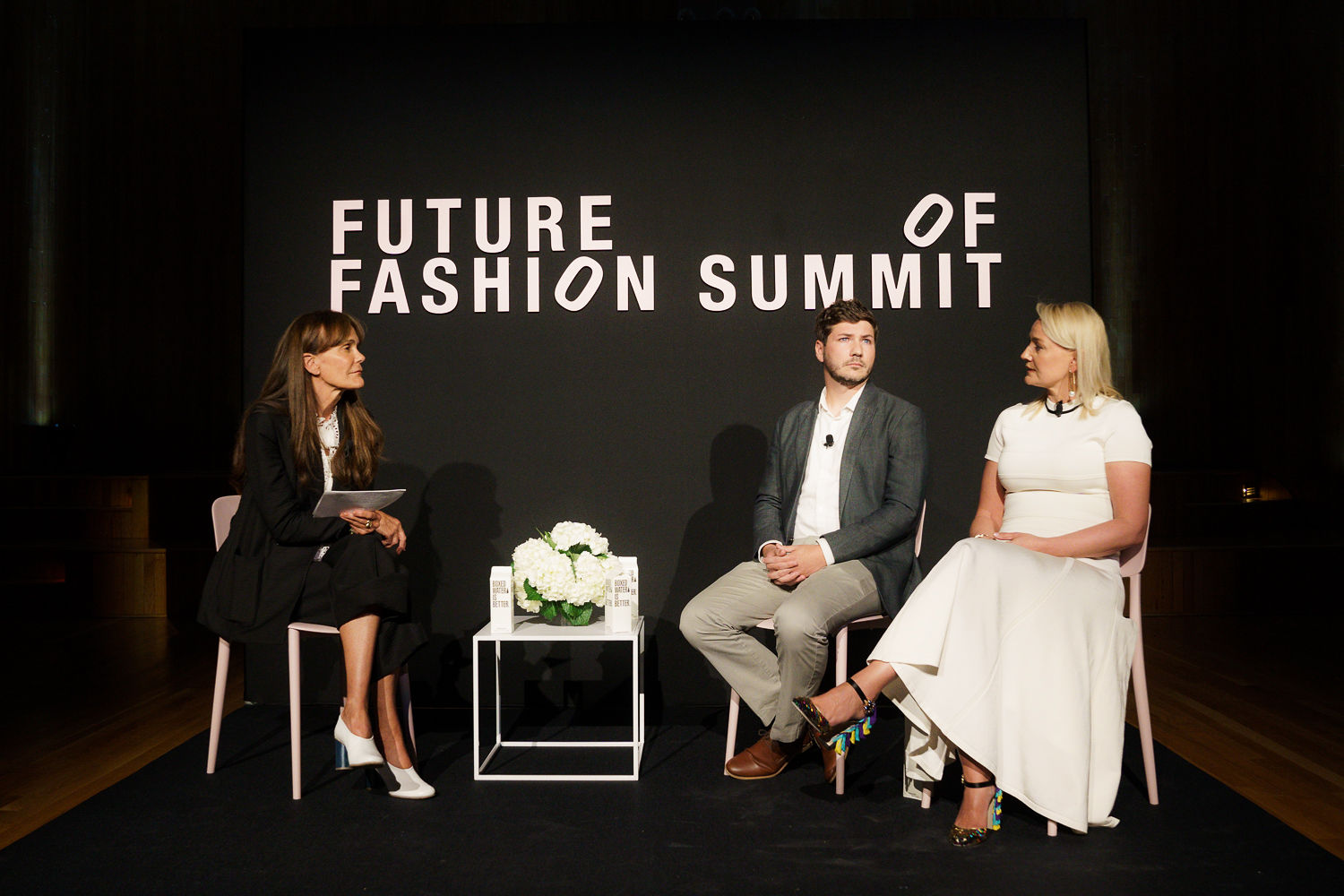
What was the first major fashion brand that you approached? Were brands open to your push for them to go fur-free or were you met with a lot of resistance in the beginning?
When I started working on the fur issue in 2009, there wasn’t much communication happening between animal groups and the fashion community after years of negative campaigns. It was clear that the Humane Society of the United States had to rebuild that trust, and thankfully, after years of dialogue, we were able to do just that. Even though several brands – including Calvin Klein, Tommy Hilfiger, Ralph Lauren and Stella McCartney – had already announced fur-free policies, there wasn’t the momentum needed to encourage others to follow. In my opinion, that changed in 2015-16 when Hugo Boss, Armani and Net-a-Porter all went fur-free right after one another. You could sense a shift happening as companies started to realize how important animal welfare was to their customers.
What is your approach? What tools/arguments do you find are most effective in convincing brands to go fur-free?
The HSUS understands the value of building relationships with companies. And each company is different, so it’s important to have open dialogue and understand what obstacles companies face internally. After that, it’s about education. When companies do their homework to better understand their supply chains, it becomes clear that to reduce the risk of being associated with animal cruelty, they have to get out of the fur business. There’s simply no way to humanely source fur. Finally, patience is important because it sometimes takes time to change policy, and HSUS is happy to support companies moving in the right direction.
What brands have gone fur-free so far? It really has been a domino effect. What brands were your biggest surprises?
A better question would be which brands haven’t gone fur-free yet? I’ve been in my position long enough to see how each fur-free announcement was a stepping stone to where we are today. The Gucci fur-free announcement was celebrated around the globe as a clear sign that fur was no longer fashionable, but I give a lot of credit to all the companies that paved the way. To me, the biggest surprise is the internal process that happens before a company decides to go fur-free. It’s never the same, which makes my job exciting as I’m constantly learning. What isn’t a surprise is how good companies feel after they make a fur-free announcement. They know they did the right thing and the positive feedback must feel good.
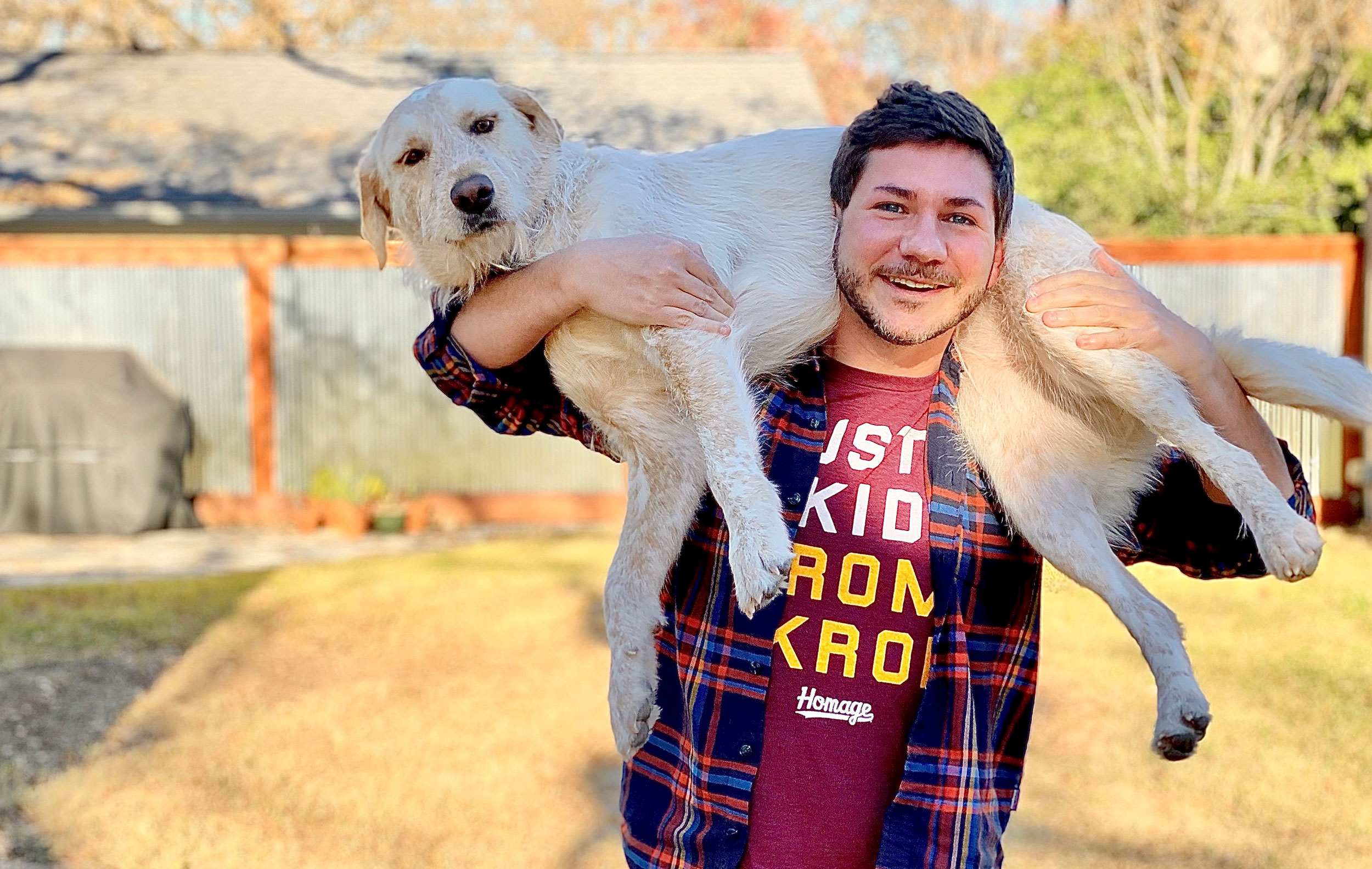

Where in the fashion industry have you met your biggest resistance?
Before recent fur-free announcements by retailers like Macy’s, Bloomingdale’s and Nordstrom, U.S. department stores were resistant to change since they had sections of their stores licensed out to furriers. Similar to how some designers used to add fur to collections to be considered “luxury,” department stores had fur salons to do the same thing. But as consumers became more aware and resistant to products associated with animal cruelty, U.S. department stores realized they could make more money with other products in that space.
Gen Z is super focused on values and ethics. What role do you feel their spending power and influence has played in these brand’s decisions?
Gen Z has definitely played a significant role in the wave of companies announcing bans on fur and exotic skins. According to a Boston Consulting Group survey, of all the sustainability concerns in fashion, Gen Z consumers consider animal welfare the top priority. Companies want to reach those shoppers now and social media is the best way to do that, which is why companies are spending huge amounts of money to advertise with social media influencers. The positive feedback companies are getting when they make animal friendly announcements on social media by far outweighs the small amount of profits they get from fur and exotic skin sales.
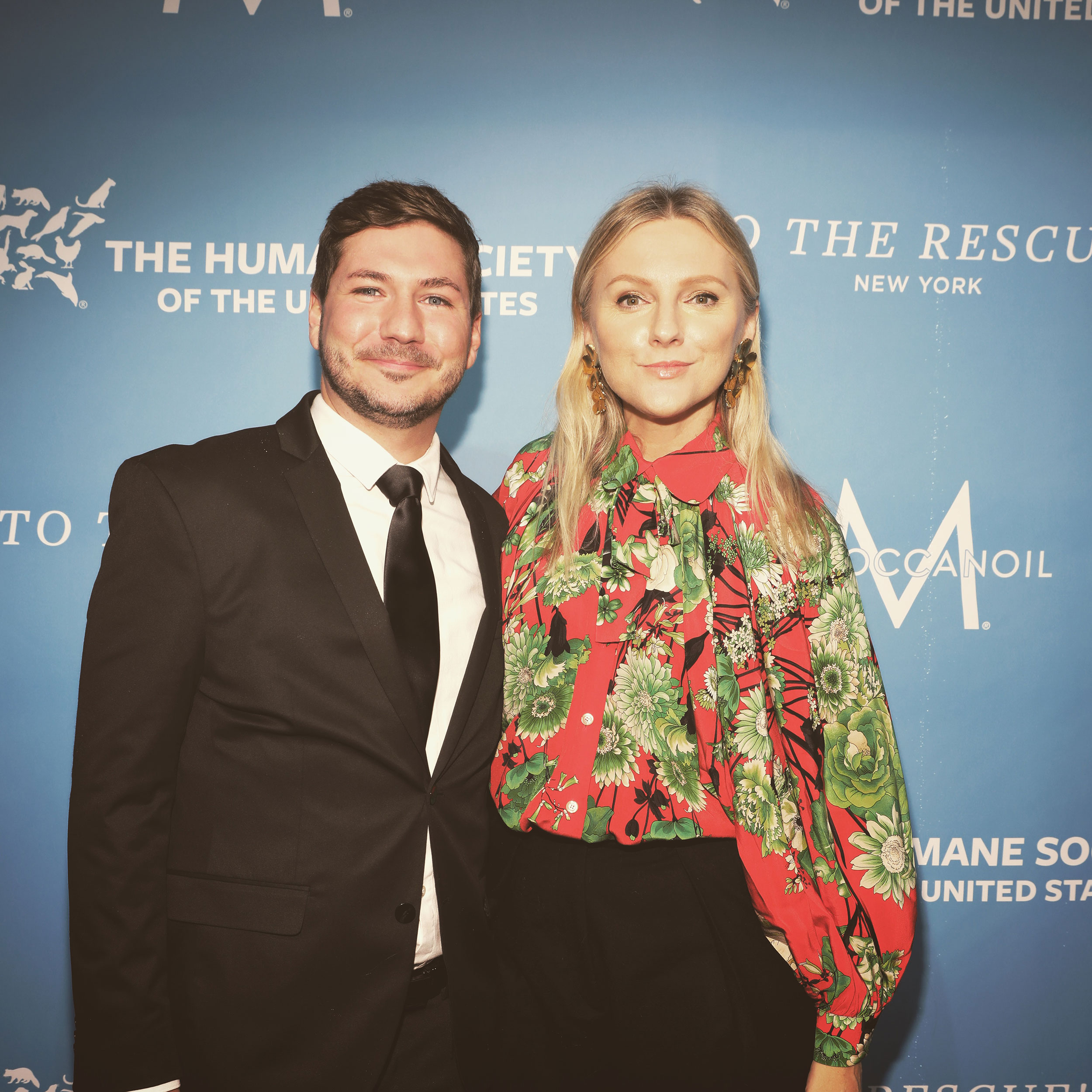

Was there a moment where you felt “We can do this. We can really end the fur trade.”?
We knew the fur trade was on a steady decline for the last few years, and the demand for fur products was continuing to drop. In fact, 2019 was the worst year on record for the U.S. fur industry. Also, the fur trade was losing financial backers, which lead to the North American Fur Auction filing for bankruptcy last year. And that was all before we knew that mink were going to give humans COVID-19. The pandemic has shined a new light on the fur trade. We now know that on top of being cruel and bad for the environment, the fur trade is a huge risk to public health. Not just because it’s a known transmitter of SARS-CoV-2, but it’s also a breeding ground for the next pandemic. All that for a pom on a hat, keychain on a purse or trim on a jacket. 2020 will go down as the year when we will collectively say fur is no longer worth the cost.
What is your response to brands that claim their fur is “ethically sourced” or “humanely raised”? Are there any arguments from the fur industry lobby that you feel are valid or accurate?
Any claim that the fur trade is ethical or humane is simply an attempt to greenwash animal cruelty. The fur industry wants to keep production cheap and to not damage pelts, so they created “standards” like anally and vaginally electrocuting foxes and raccoon dogs without questioning if it was humane to do it in the first place. Certified standards touted by the fur trade are a codification of existing abusive practices and are inherently flawed. In reality, it’s impossible to keep a wild animal in a cage or a trap and expect anything but extreme suffering.
Certified standards touted by the fur trade are a codification of existing abusive practices and are inherently flawed
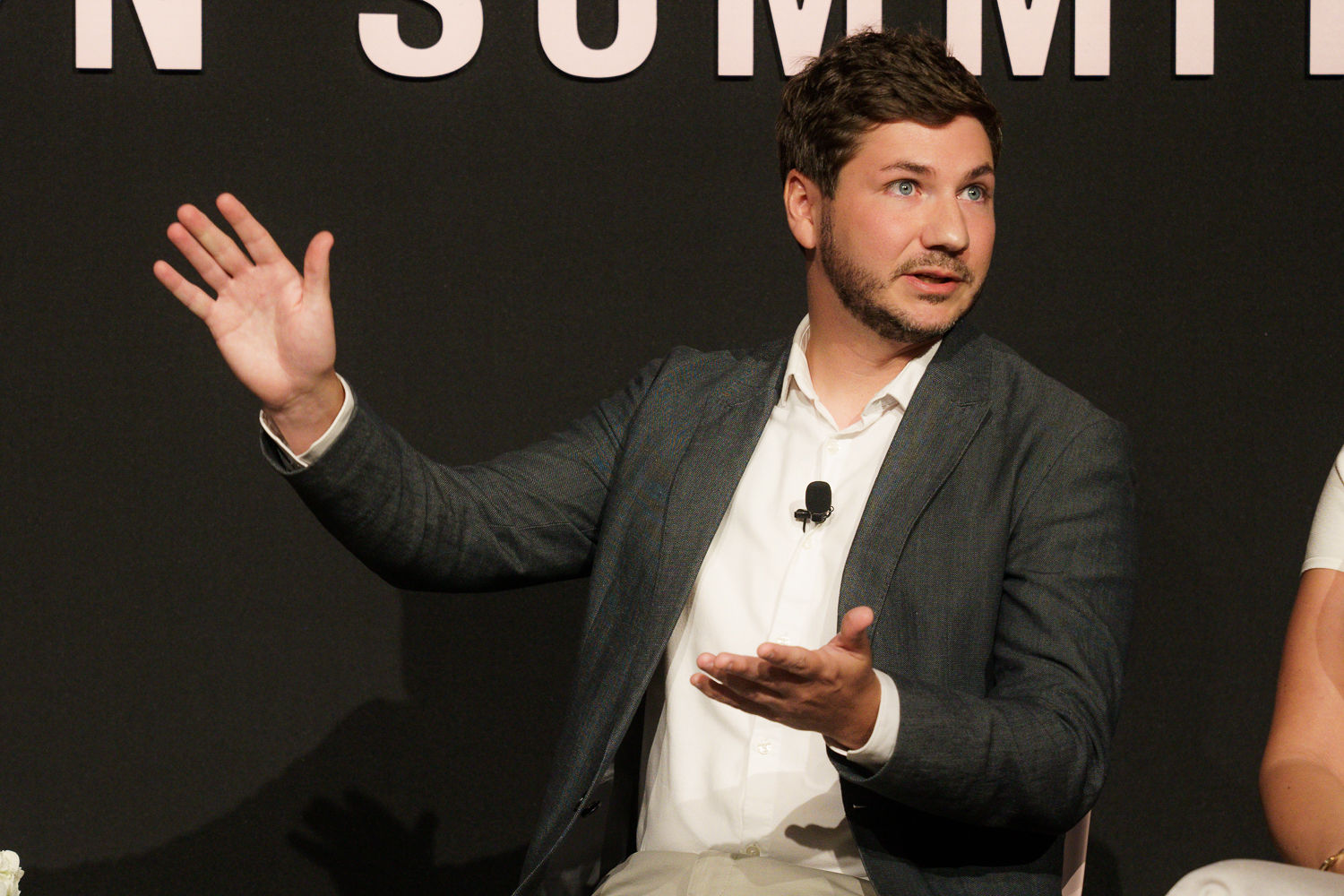
How do you see this conversation evolve beyond fur, are exotic skins and leather also an issue?
The reason we’re seeing so many brands go fur-free is because consumers are moving away from products associated with animal cruelty. Companies know it’s good business to share their customer’s values, so they’re now looking to get ahead of competition by banning exotic skins, as well. Nordstrom was the latest to ban fur and exotic skins, and their stock went up, as a result. Also, the idea of luxury has changed to include what is socially responsible, ethical and innovative. Brands and retailers are recognizing the marketing potential of moving away from animal products and focusing on the future by investing in innovative products that are better for animals and the environment. Technology will play a huge part in this, and we’re already seeing biodegradable down alternatives that are warmer and lighter and leather made from mushrooms or pineapples that have the same quality but without the huge toll on the natural world. This is just the beginning, and I’m really excited to see what innovation happens next.
Can you tell us about the Truth in Fur Labeling Act, which President Obama signed in 2010?
Before 2013, there was a loophole in federal law that allowed for fur valued at less than $150 to not have to be mentioned on the label or advertisement. Most animal fur trim and poms on hats or shoes are pretty cheap, so with nothing on the label, it created a lot of confusion. Brands and retailers were consistently misrepresenting fur as the wrong species, and even worse, they were advertising it as faux fur. This is still a huge problem in Europe, where fur labeling laws are weak. Thankfully, President Obama signed the Truth in Fur Labeling Act in 2010, which closed that loophole (with a three year phase-in), so now all fur sold in the US, no matter the value, has to have the species and country of origin on the label and advertisement.
How can a person tell if it is real or fake?
While working on the bill, we got really good at differentiating between faux and animal fur. With the quality of faux fur today, this can be very difficult. Even some well-known designers can’t tell the difference, so we came up with three sure-fire ways to tell animal fur from faux: 1. Check the tips since animal fur tapers to a point like a whisker or needle. Faux fur has a more blunt tip; 2. Pull the hairs apart to get to get to the base. Animal fur will obviously have skin at the root, while faux fur will be attached to woven fabric; and 3. If you own the item, pull off a few of the hairs and burn them. Animal fur ashes and smells like burning hair and faux fur beads up and smells like burning plastic. Of course, if you still can’t tell, err on the side of caution and don’t buy it.

Do you feel a heightened sense of urgency after the Covid outbreaks at mink farms and massive culls happening in several countries?
Because of the cruelty and environmental impact behind fur, it’s always been a priority for the animal welfare movement to end the trade, and it was already heading that direction before the pandemic. But now that we know the fur trade is responsible for the spread of COVID-19 and could be the origin of the next pandemic, there’s a much-needed spotlight on an industry that would rather remain in the shadows. And it’s not just mink. Both foxes and raccoon dogs have tested positive for the SARS virus.
Can you share the names of some of the brands you are targeting next?
Many companies are having internal discussions now, so I think you’ll see some big announcements in 2021. Also, you should start seeing fur-free policies from fashion companies that aren’t necessarily apparel brands. Document Journal and Paste Magazine have been fur-free for years, and more recently modeling agency Linden Staub and InStyle magazine both announced fur-free policies in 2018. I expect others like them to follow their lead in the near future.

Are you optimistic about the fur trade ending completely? It feels like we are at a tipping point. Do you feel the trade can end in our lifetimes?
During my final interview with the Humane Society in 2009, my soon-to-be boss asked me if I thought I’d see the end of the fur trade in my lifetime. Even though I was probably overly optimistic then, I’d give the same answer today, and that is we will definitely see the end of the fur trade in our lifetimes. Not only has the wave of fur-free announcements by leading brands and retailers opened the door for public policy as cities, states and even countries pass laws making it a criminal act to sell fur, but we’re seeing innovation happen at an accelerated rate. Faux fur will only improve in quality and sustainability, and the technology exists to maybe even grow fur in labs someday. Future generations will surely question why it took us so long to end the fur trade.

Visit PJ Smith’s website:
pjosephsmith.com
Follow him on:

